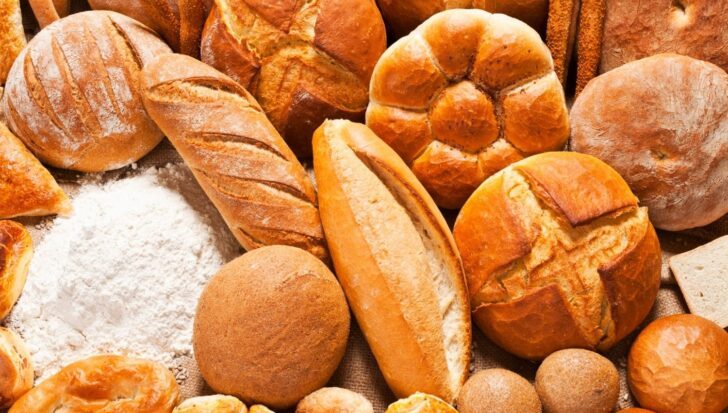Bread isn’t just a delicious vessel for cheese and other tasty treats.
It’s also been a part of human culture and symbolism long before recorded history, as well as the downfall of kings and the salvation of slaves.
Whatever your favorite filling or spread, it’s definitely worth knowing a little more about where humanity’s favorite food comes from.
Archaeologists found evidence of breadmaking from 30,000 years ago.
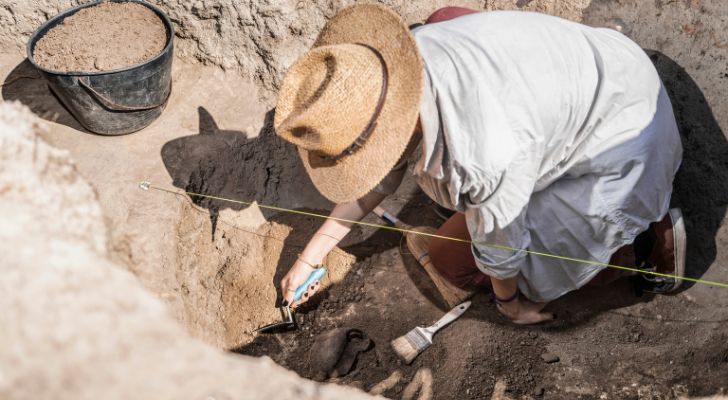
Around 30,000 years ago, before the spread of agriculture, people extracted starch from the roots of certain plants.
It’s theorized that they then spread this starchy dough on stones and cooked it over the fire into an early form of flatbread.
Archaeologists discovered evidence of this by analyzing starch residues on ancient grinding stones found in Italy, Czechia, and Russia.
The Sumerians were the first to make bread rise.
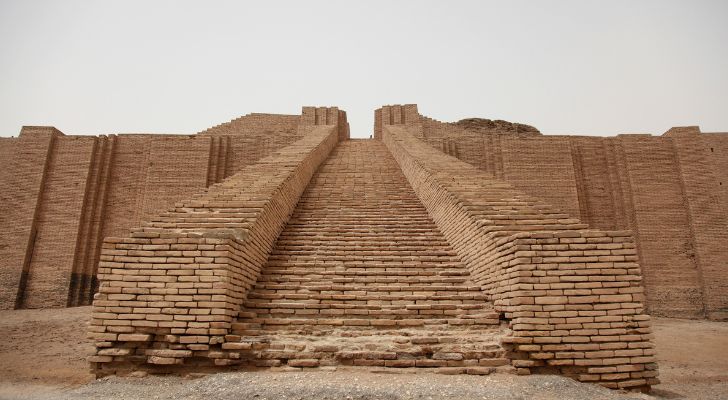
Over 8,000 years ago, the Sumerians, the oldest known civilization, were able to make bread rise by utilizing naturally occurring airborne yeast.
Yeast can be found almost anywhere, especially on grains. So, any dough left out long enough will leaven.
What’s “leaven,” you ask? It’s the process by which bread rises, giving it the fluffy texture we all love!
Ancient Europeans used beer to make their bread rise.

In early Europe, the Gauls and the Iberians skimmed the foam off of their beer during the fermentation process.
They called this foam “barm” and used it to create “barm cake,” a much softer, fluffier bread than the world had ever seen.
Barm cake is still a popular bread in northern England, and it’s often filled with bacon or french fries.
Sourdough bread has been made for over 5,500 years.
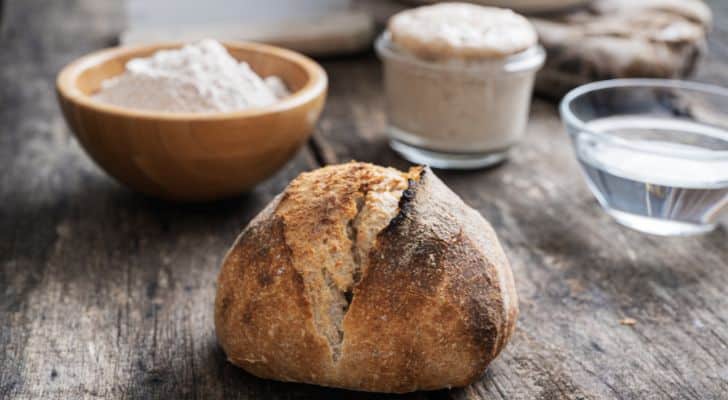
Sourdough bread is likely one of the oldest methods of baking bread that we still use. It’s made by keeping a small portion of yesterday’s dough to help today’s dough leaven.
Though it’s likely a recipe from the cultures around the fertile crescent, the oldest evidence of sourdough bread-baking is from Switzerland, around 3700 BC.
Tortillas were an ancient Mayan staple.
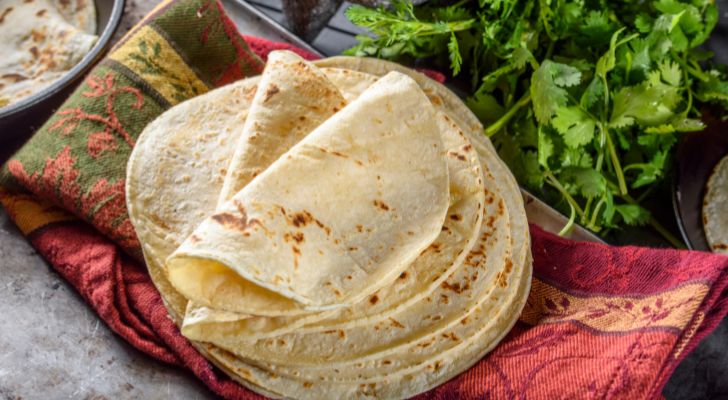
About 10,000 years ago, corn was first cultivated in modern-day Mexico.
Like everywhere else in the world, the grain was ground into flour and mixed with water to form a dough to be baked into bread.
Thus, the tlaxcalli, the root word for corn tortilla, was born. In fact, the name of the Mexican state Tlaxcala means “place of the tortilla” in Nahuatl, the language of the Aztecs.
France bakes around 6 billion baguettes per year.
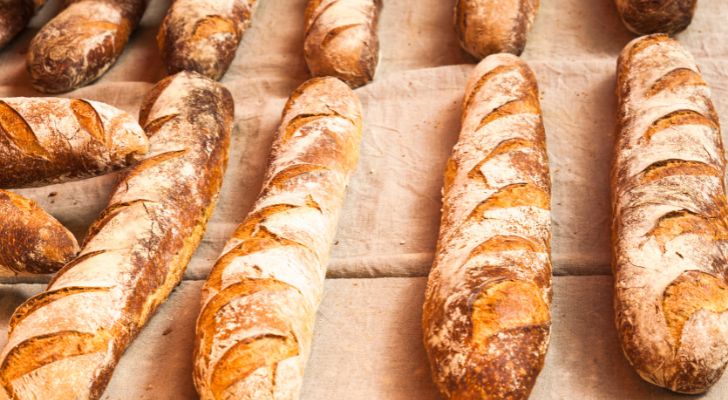
The baguette is so important to the people of France that there are a number of laws and traditions surrounding the recognizable loaf.
It’s also on the UNESCO Representative List of the Intangible Cultural Heritage of Humanity.
In 1993, the French government passed Le Décret Pain (the Bread Decree). This law not only dictates the ingredients of baguettes but also parts of their preparation.
Most notably, baguettes can’t be made from pre-prepared dough and must be made at the same place they’re sold from.
Napoleon Bonaparte may have caused the invention of Baguettes.
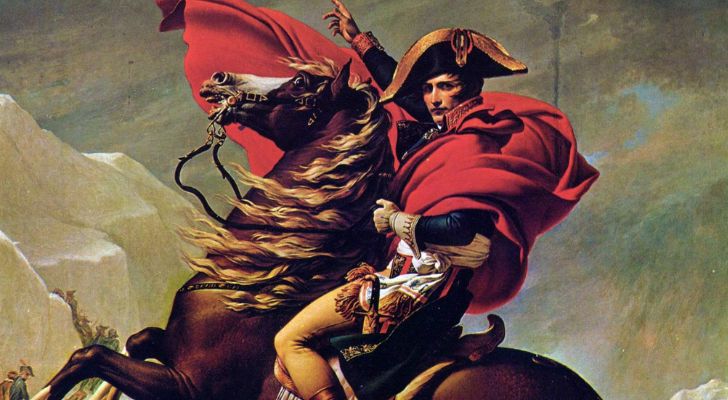
There are many theories about the origin of the famous French loaf.
One theory is that Napoleon ordered the creation of a long, thin loaf so that his soldiers could easily carry their rations in a specialized bread pocket.
This is contested, though.
According to another theory, baguettes originated during the French Revolution when bread was incredibly scarce.
This scarcity led to a need for a very lean dough to make bread cheaper and more accessible.
Armenian lavash is believed to protect people from the evil eye.
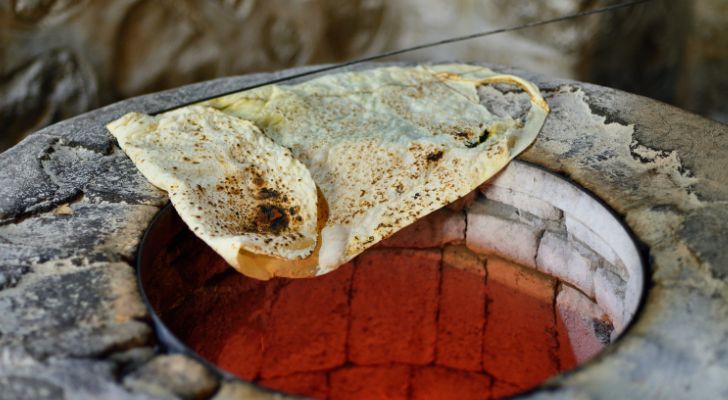
In traditional Armenian weddings, the bride is draped with lavash (a type of flatbread), and the groom expects her to bring the bread into their home.
Similarly, newborn babies are draped in lavash to protect them from the evil eye.
The word lavash comes from the Armenian lav kashas (to be well stretched).
The stretched flatbread has deep roots in Armenian culture and is used in several traditional ceremonies.
In 2014, it was included on the UNESCO List of the Intangible Cultural Heritage of Humanity.
Some of the first professional bakers in ancient Rome were freed slaves.

During the second century BC, more and more Roman families became wealthy enough to afford bread made by someone else.
Freed slaves were some of the first bakers in the early Roman Empire. These bakers later formed guilds of miller-bakers to pass on their knowledge.
Ancient Egyptians used moldy bread to treat wounds.
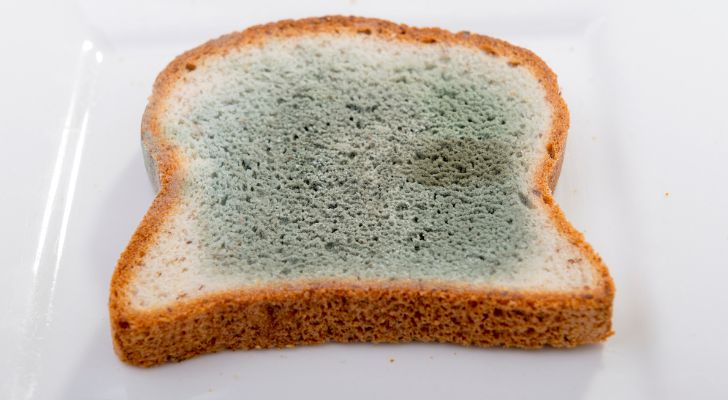
The ancient Egyptians are credited with many technological advancements that were before their time.
Considering bread’s importance in everyday life, it’s no wonder it was also part of their medicine cabinet.
Long before the discovery of penicillin, the Egyptians figured out that treating wounds and burns with moldy bread would help stop infection.
Thousands of years later, Alexander Fleming would discover why this worked.
The Bible includes a pretty gross bread recipe.
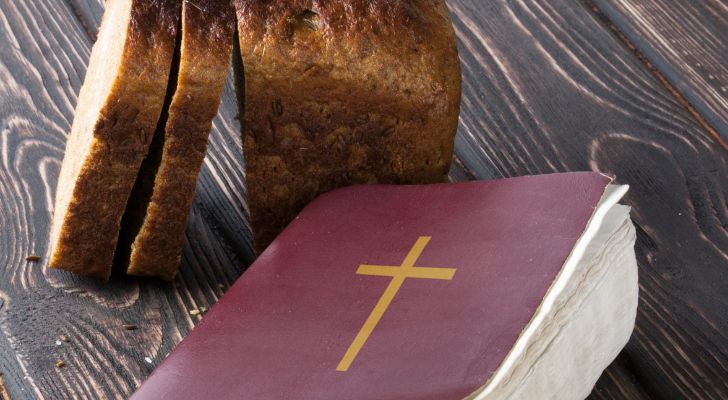
While in exile, Ezekiel made a very specific bread. The bread was made from a multitude of grains, including wheat, barley, beans, lentils, millet, and spelt.
During this time in Jerusalem, beans and lentils were widely eaten and often baked into bread.
The gross part, though, comes from how he was supposed to bake it. Ezekiel was expected to make a fire from human feces to bake the bread.
Today, Ezekiel’s bread refers to bread made with sprouted grain flour and is (hopefully) not cooked on poop.
A small town in Sicily builds arches of bread every year.
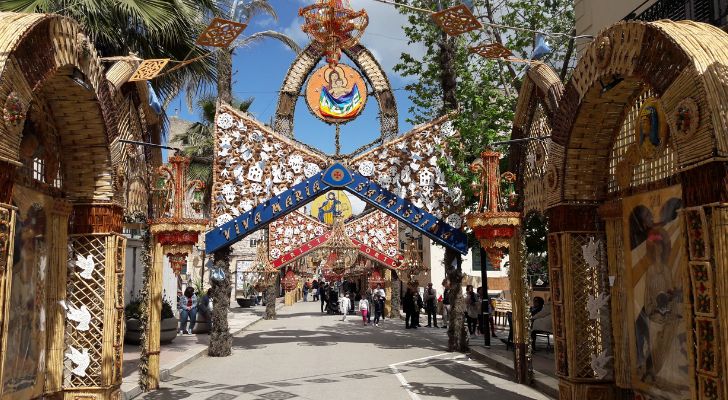
In the weeks leading up to easter, the people of San Biagio Platani in Italy come together and build huge arches made of bread. The arches line the streets and are decorated with herbs and beans.
The tradition started in feudal times when most places in Italy created arches of marble and stone to welcome important rulers.
This town, however, is a small farming town, and so they decided to create arches out of the bread they baked.
This was later adopted into their religious traditions by the church. Imagine the glorious smell!
Sailors and military men ate incredibly tough bread called hardtack.
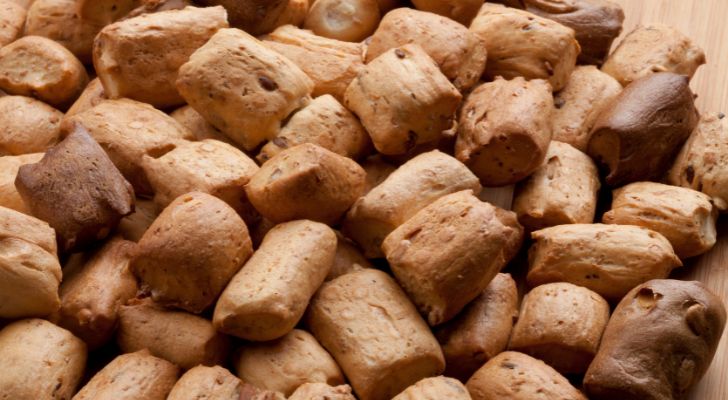
The word “tack” comes from sailor slang for food, and this bread was baked up to six times, making it incredibly hard. This hardness gave it the nicknames “tooth duller” and “sheet iron.”
From the 17th to the 20th century, it was the basis of official rations in many military and navy companies. This was because it could last for a long time at sea or war without going bad.
For the same reasons, sailors and soldiers worldwide, including the Romans, the Crusaders, and even ancient Egyptian sailors, used similar recipes.
Every year, on August 1st, the first loaves of bread from the first wheat harvest of the year are blessed.
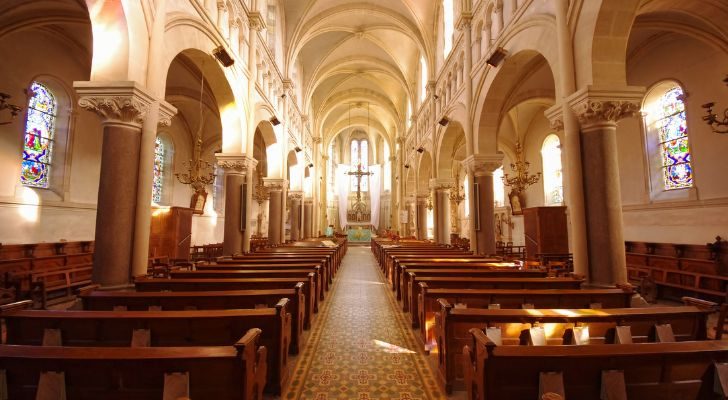
Neopagan religions and some Christians in the Northern Hemisphere celebrate the beginning of the first harvest of wheat by celebrating Lammas or Lughnasadh in Gaelic.
Lammas comes from the old English hlaf-maesse, meaning ”loaf mass.”
So, how are the loaves blessed? They’re taken to church or temple, and a mass is held in their honor!
In the past, the bread was later broken into four pieces and placed into the corners of the granary to protect that year’s harvest.
The oldest surviving piece of bread is over 14,000 years old!

On June 12, 2018, a group of Archaeologists from the University of Denmark uncovered a piece of bread in the Black Desert in Jordan.
The bread had been cooked on a hot stone and consisted of wild wheat, barley, and dried roots of wild plants.
Other than its age, not much is known about the bread, but the discovery helped archaeologists understand just how long it’s been a part of the human diet.
In 2005, Portuguese bakers baked a loaf of bread almost 4,000 feet long!
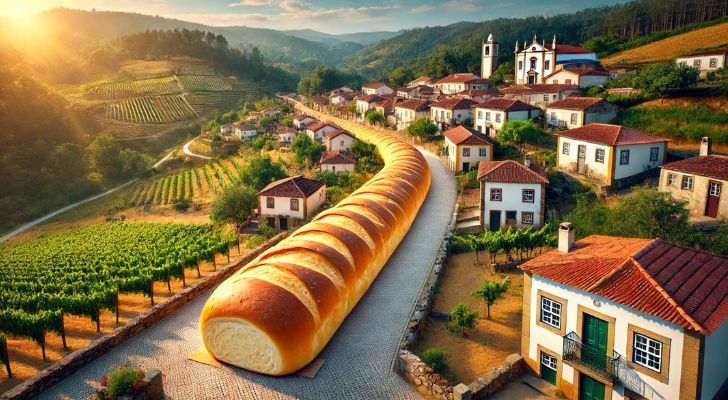
In Portugal, over 100 bakers got together to break the Guinness World Record for the longest loaf of bread ever baked.
The bread had to be one long continuous loaf, and an oven made specifically for the task was needed.
On July 10, 2005, those bakers were successful. The bread took just under three days to make and was a jaw-dropping 3,975 ft (1,211.6 m) long. Around 15,000 people got to eat the massive loaf.
South African Indians use bread instead of a bowl to eat their curry.
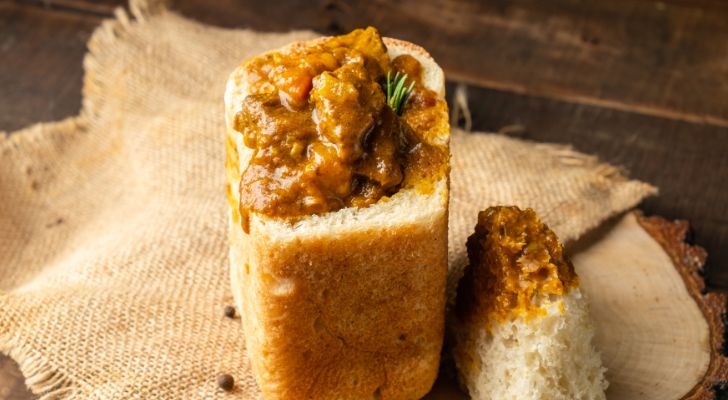
This fantastic meal is known locally as a ‘bunny chow’ and is made by hollowing out half a loaf of white bread and filling it with curry.
The history of the name is highly contested, but it’s thought to come from the Bania Indian caste (the mercantile class) and the South African slang for food “chow.”
So why eat curry out of a bread bowl?
Well, rotis would fall apart by the time Indian laborers got to eat them. Also, packing the curry in bread was much easier to transport and faster to eat!
An Astronaut once smuggled a sandwich into space.

During the Gemini III mission in 1965, astronaut John Young smuggled a corned beef sandwich onto the shuttle without approval from NASA.
He stashed the sandwich into a pocket of his space suit and shared it with his commander during their mission.
Nowadays, astronauts are given tortillas to satisfy their sandwich needs, as they’re far less likely to contaminate the spacecraft with crumbs and are easier to store.
People in Ecuador make sculptures from bread.
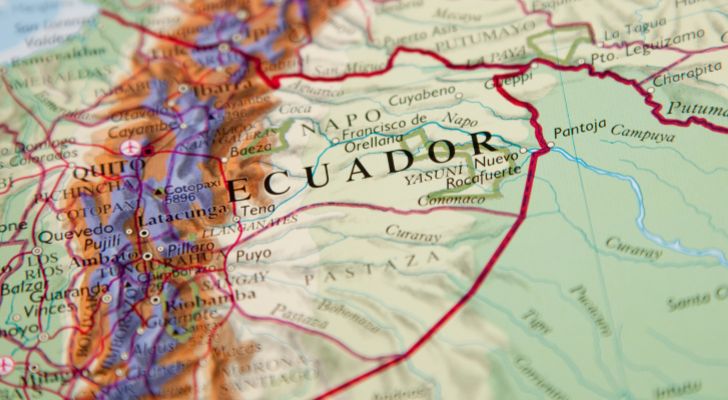
The tradition is called Masapán sculpting. Every year for Día de los Muertos (the Day of the Dead), the people of Calderon, Ecuador, create intricate sculptures and figurines from bread.
The bread isn’t for eating, though, and is part of a larger tradition of pan de muerto (bread of the dead), an offering of bread on the altar during the day of the dead.
Unlike most forms of pan de muerto, Masapán is completely inedible as it contains white glue.
One way of making gluten-free bread uses flour made from crickets.
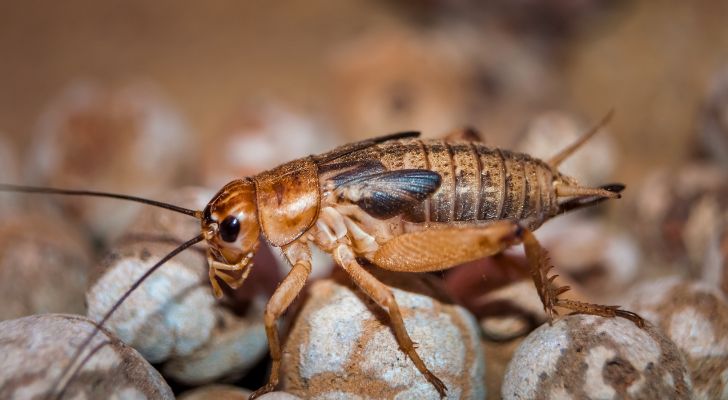
Bugs may be an interesting alternative to wheat for celiacs and people who would like to help the environment.
A research team from Italy developed flour made from freeze-dried crickets and turned that flour into a dough to make bread.
Apparently, the dough tasted like normal bread but with a “unique” aroma.
Like all gluten-free bread, the consistency of cricket bread is different because crickets don’t contain the gluten needed to give bread the same stretchy qualities.
Wheat and bread symbolize the cycle of life within many cultures.
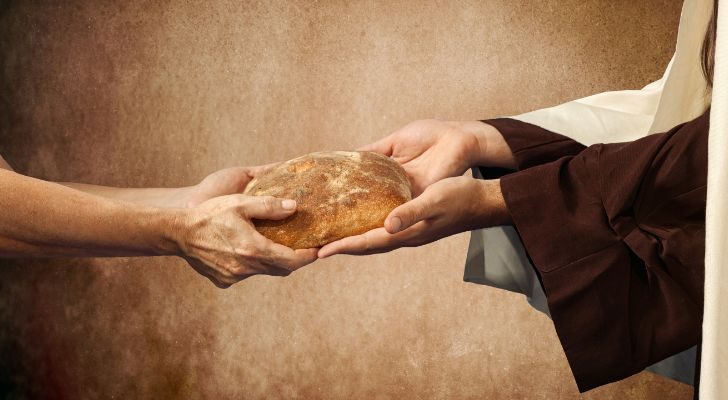
Almost all ancient religions have specific gods dedicated to the baking process, and wheat is often a symbol of these gods.
In Catholicism, the body of Christ is given to people to eat as a small piece of bread. Bread was so important that Bethlehem, the birthplace of Jesus, means “house of bread” in Hebrew.
Meanwhile, the ancient Egyptians would fill clay statuettes of the god Osiris with wheat kernels and place them in graves to ensure the rebirth of the dead.
Bread has so much cultural significance it’s hard to believe that it’s our simplest form of food.
It’s such a significant part of our lives that we truly would be lost without it!
The next time you are sinking your teeth into that hotdog, taco, or sandwich, think about the thousands of years it took for the bread you are eating to get onto your plate.

